Methane (CH4), which accounts for 16% of global GHG emissions but contributes up to 40% of global warming due to its high heat-trapping ability, is a key target for urgent climate action, especially in Africa, to mitigate extreme weather and global warming.

Methane emissions come from several key sectors with agriculture and livestock farming
as the largest contributor at 40%:
■ 27% from enteric fermentation
(primarily cattle digestion)
■ 13% from manure management

Enteric fermentation (the digestive process that produced methane) in Sub-Saharan Africa accounts for 1.62% of global warming. With the cattle population expected to grow by over 90% by 2040, methane emissions will significantly rise, worsening climate impact, yet no one is doing
anything about this.
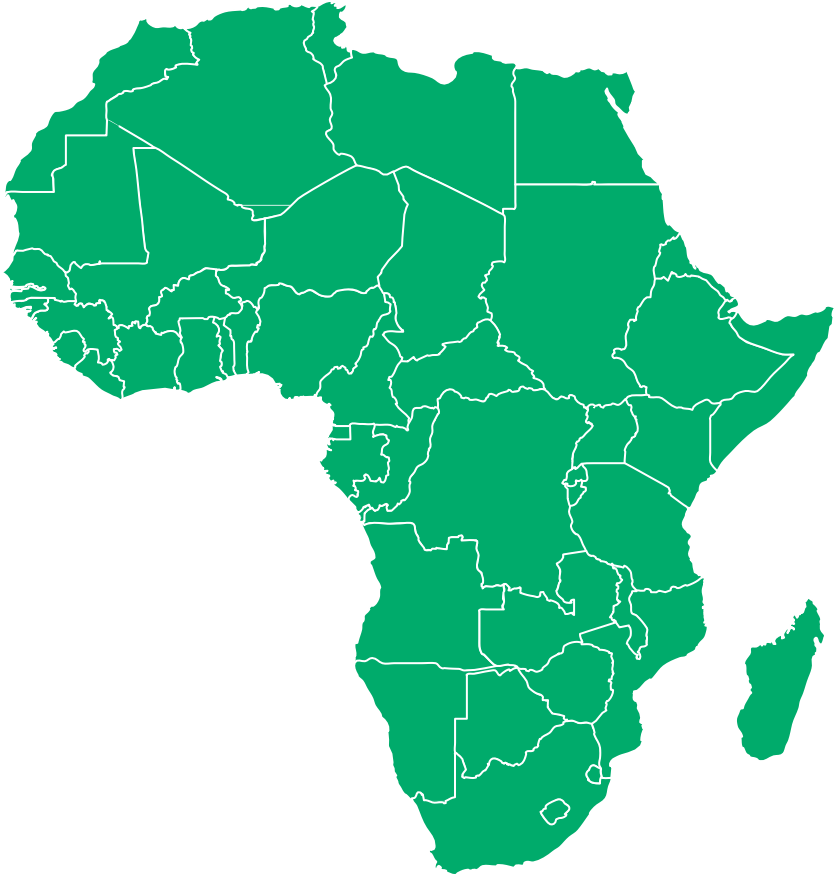
East Africa’s livestock sector, with over 120 million small farms, faces logistical and financial challenges that hinder adoption of advanced technology. Most farmers can’t afford costly innovations, limiting progress.
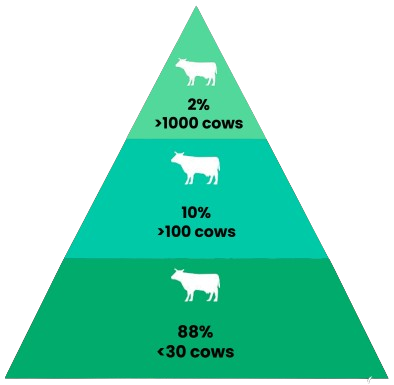
The NOA’S HERD enteric fermentation project will start in Kenya in the first year with 1,600 cows, reducing 3,840 tonnes of CO2 equivalent methane. In the second year, it will scale up to 24,000 cows, reducing 57,600 tonnes of CO2 equivalent methane. The project will eventually scale up to 600,000 heads of cows across Africa.
The project boosts productivity by 5-15%, improves farm management, significantly reduces greenhouse gas emissions, increases farmer income through carbon credits, supports reinvestment in farming, enhances animal traceability for market access, provides financial services to farmers like insurance, and justifies a premium carbon credit price.

The project is currently under development to be registered with
VERRA and should be online by February 2025. In a couple of years,
the project will scale to East Africa’s 120 million cattle and
Sub-Saharan Africa’s 230 million cattle at the same 80% methane
reduction representing 288 million and 552 million tons of CO2
equivalent reductions respectively. Through innovation in reducing
the cost of direct measurement technology and methane-reducing
feed, we will be able to achieve this goal.

NOA’S HERD enteric fermentation project aligns with several
Sustainable Development Goals (SDGs)
SDG 2: Zero Hunger
SDG 3: Good Health and Well-being
SDG 8: Decent Work and Economic Growth
SDG 12: Responsible Consumption and ProductionSDG 13: Climate Action
SDG 17: Partnerships for the Goals

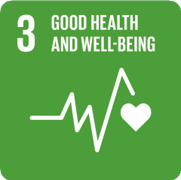
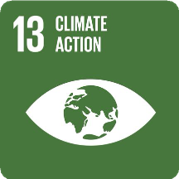

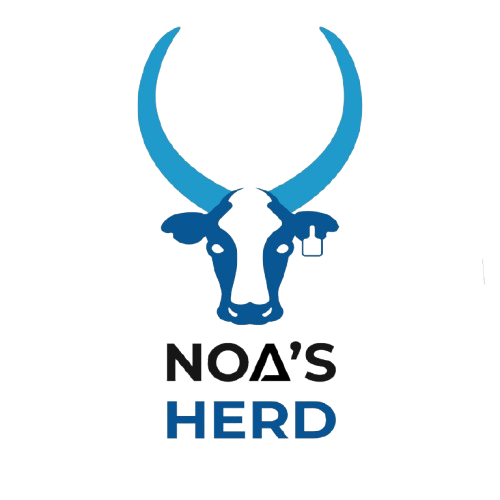
NOA’S HERD empowers African farmers through innovative technologies, enhancing productivity and reducing methane emissions for a sustainable future.